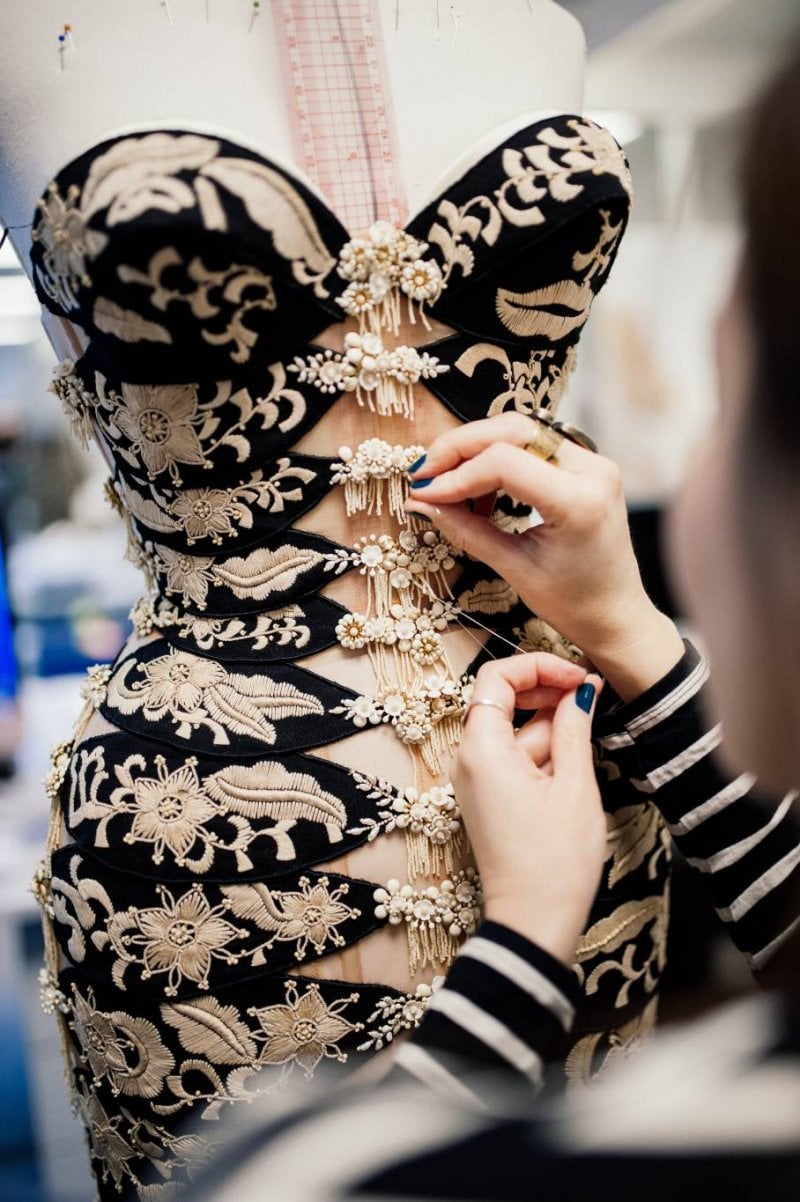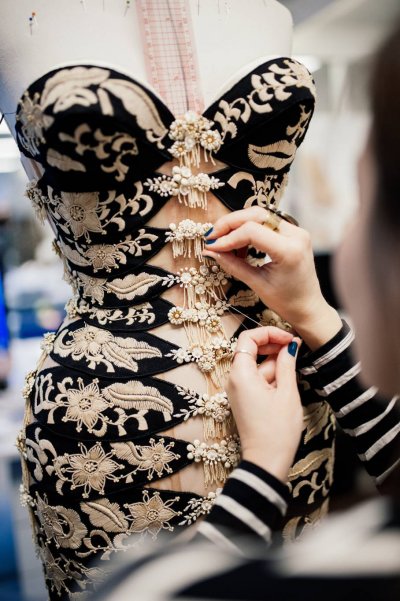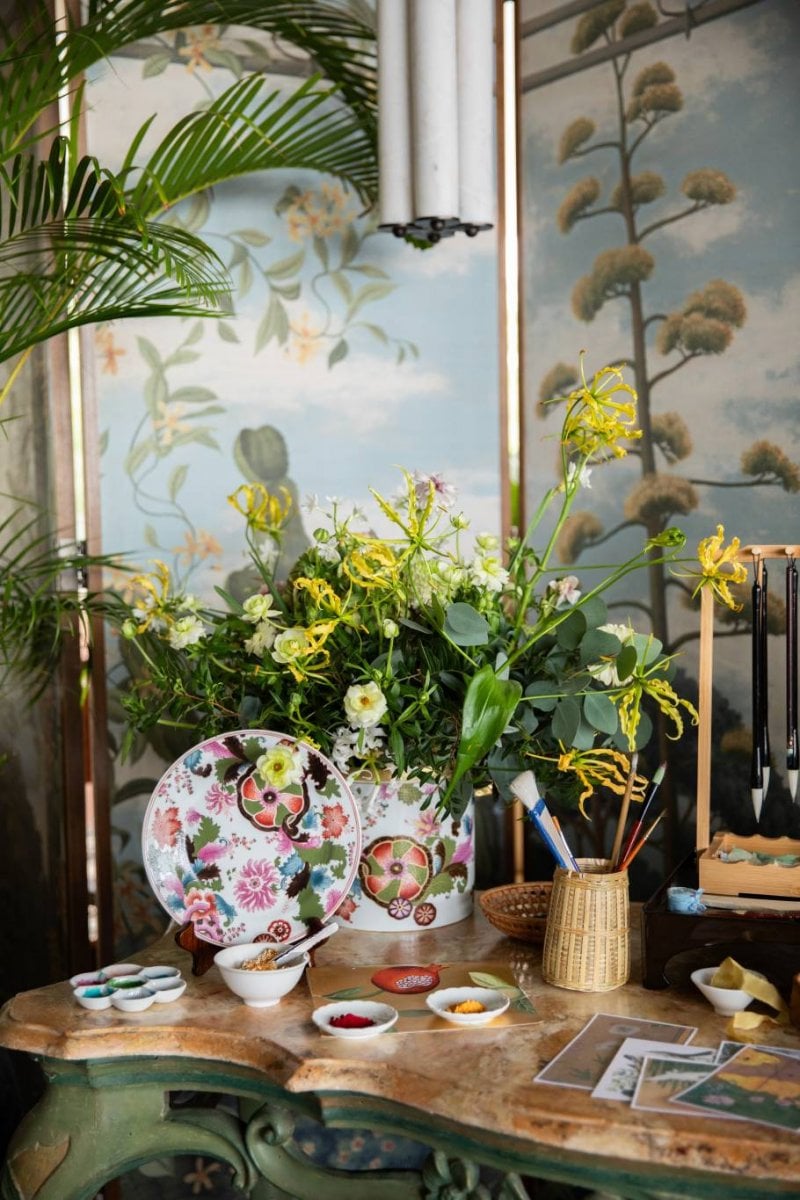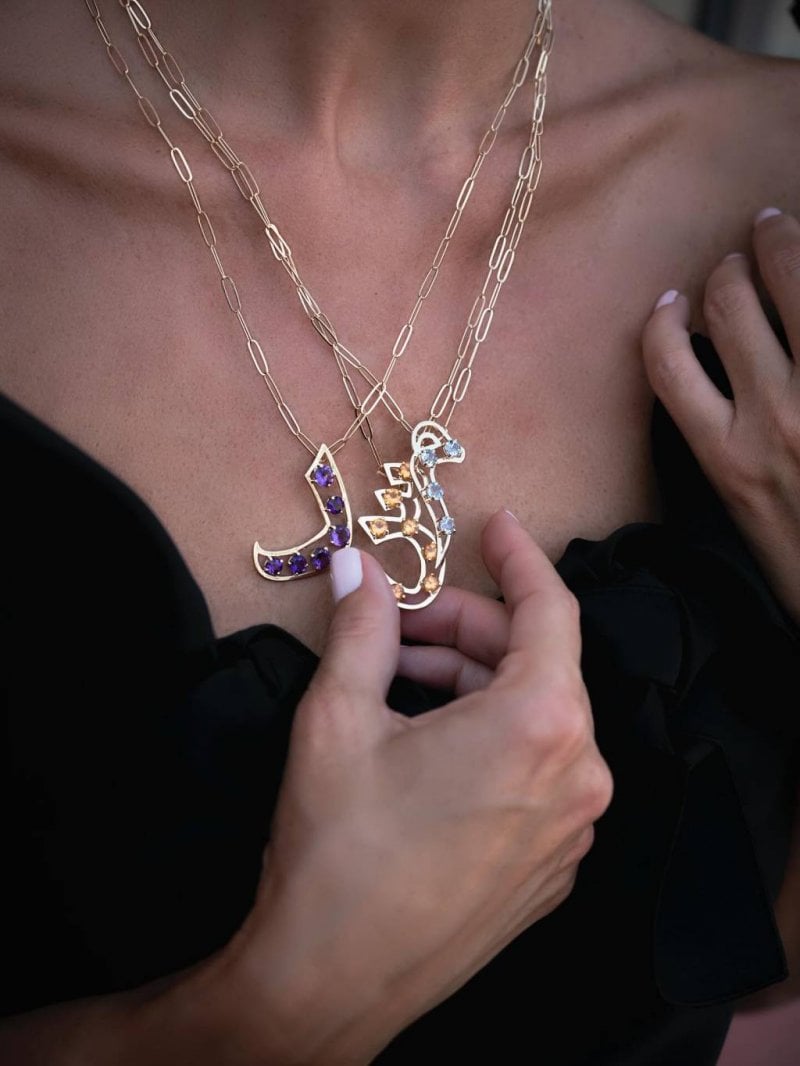In an age defined by relentless speed and digital acceleration, the fashion industry is experiencing a profound reawakening. At its heart is a return to the handmade, the storied, and the soulful: a renaissance of craft. As heritage techniques are found to be on the brink of extinction, a vanguard of visionary designers is stepping forward to ensure their survival, weaving tradition into the very fabric of high fashion’s future.
From the hand-loomed silks of Varanasi to the meticulous embroidery of Lesage ateliers in Paris, centuries-old artisanal methods have long infused garments with cultural depth and tactile richness. However, globalization and industrialization have rendered many of these crafts economically unsustainable. What was once passed from generation to generation now risks vanishing with the last master artisans.
The new guard of designers – among them the likes of Maria Grazia Chiuri at Dior, Gabriela Hearst formerly at Chloé, and Jonathan Anderson who took the creative realm at Loewe up until March 2025 – recognize that fashion is not merely an aesthetic enterprise, but a vehicle for cultural stewardship. In their collections, embroidery is not embellishment; it is language. Textile is not fabric; it is memory. Their work transcends trends, functioning instead as a reverent dialogue between the past and the present.
At Dior, Chiuri has collaborated with Indian artisans, spotlighting intricate zardozi and aari embroidery in haute couture, while preserving the integrity of local craft traditions. Similarly, Hearst has partnered with women’s cooperatives in Uruguay and Bolivia, ensuring indigenous techniques are not only showcased but sustained through ethical commerce.
This resurgence of craft is also inextricably linked to the shifting values of a new generation of consumers. In contrast to the disposability of fast fashion, luxury is being redefined – not by logos or price tags, but by provenance, process, and purpose. Brands like Bode and Maison Rabih Kayrouz have built entire identities around craftsmanship, sourcing antique textiles or reviving age-old construction techniques. In doing so, they offer garments imbued with character and narrative – pieces that invite wearers to become custodians of history, not merely consumers of style.
Yet this movement is not without its complexities. True preservation requires more than aesthetic appreciation – it demands long-term investment, education and equitable partnerships. Tokenism, when craft is reduced to an exotic source, risks endangering the very traditions it is set to honor. Therefore, initiatives like the UNESCO Creative Cities Network, The Prince’s Foundation School of Traditional Arts, and luxury conglomerates’ own heritage programs are fostering sustainable ecosystems for artisans. By creating opportunities for knowledge transmission and fair compensation, they ensure these crafts remain viable livelihoods.
In elevating the artisan’s hand, today’s designers are not simply looking back with nostalgia – they are crafting a new vision for fashion that is rooted in reverence, resilience, and responsibility. In this vision, beauty lies not only in the finished garment, but in the quiet dignity of its making. And in preserving the past, they are shaping a future where fashion, once again, becomes a bearer of culture, a keeper of stories, and a testament to the enduring power of human creativity.
Article Written by Mirella Haddad
- Keywords
- designers











